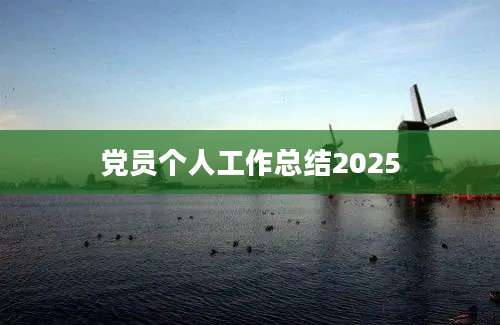范文:

Title: An Overview of Secondary Education in English
In many countries, secondary education is a crucial phase in a student's academic journey, bridging the gap between primary and higher education. Here's an overview of secondary education in English, focusing on its structure, curriculum, and significance.
Structure of Secondary Education
Secondary education typically spans three to four years, from grade 7 or 8 to grade 10 or 12, depending on the country and educational system. It is divided into two main sections: junior secondary and senior secondary.
Junior Secondary: This stage usually includes grades 7 to 9 and is characterized by the consolidation of basic skills in core subjects such as mathematics, science, English, and social studies. Students begin to specialize in certain subjects as they approach the senior secondary stage.
Senior Secondary: Grades 10 to 12 are considered senior secondary, where students prepare for higher education or enter the workforce. This stage often involves advanced courses in core subjects and a variety of elective courses, allowing students to explore their interests.
Curriculum
The curriculum in secondary education varies widely across countries, but it generally includes the following core subjects:
English Language: This subject is central to the curriculum, emphasizing reading, writing, speaking, and listening skills. Students are expected to develop a strong command of the English language to prepare them for higher education and future careers.
Mathematics: Mathematics is crucial for problemsolving skills and is often divided into algebra, geometry, and trigonometry.
Science: Students typically study biology, chemistry, and physics, which help them understand the natural world and develop scientific thinking.
Social Studies: This includes history, geography, economics, and civics, providing students with a broader understanding of society and the world.
Significance
Secondary education is significant for several reasons:
Academic Foundation: It lays the foundation for higher education, preparing students for more advanced studies.
Career Readiness: The skills and knowledge gained in secondary education are essential for career development.
Personal Development: It fosters critical thinking, creativity, and social skills, which are vital for personal growth.
In conclusion, secondary education in English is a comprehensive and diverse phase of education that equips students with the tools they need for future success.
常见问答知识清单:
1. 什么年龄开始上中学?
2. 中学教育通常持续多长时间?
3. 中学教育分为哪几个阶段?
4. 中学课程包括哪些主要科目?
5. 英语在中学教育中扮演什么角色?
6. 中学教育的目的是什么?
7. 中学教育如何帮助学生为大学做准备?
8. 中学教育与职业教育有何不同?
9. 中学教育如何帮助学生发展个人兴趣?
10. 中学教育对学生的未来有何影响?
详细解答:
1. 什么年龄开始上中学?
在许多国家,学生通常在12岁左右开始上中学。
2. 中学教育通常持续多长时间?
中学教育通常持续3到4年。
3. 中学教育分为哪几个阶段?
中学教育分为初级中学和高级中学两个阶段。
4. 中学课程包括哪些主要科目?
主要科目包括英语、数学、科学(如生物、化学、物理)、社会科学(如历史、地理、经济学、公民教育)。
5. 英语在中学教育中扮演什么角色?
英语是中学教育中的核心科目,它帮助学生提高阅读、写作、口语和听力技能。
6. 中学教育的目的是什么?
中学教育的目的是为学生提供坚实的学术基础,培养他们批判性思维和社交技能,并为他们未来的教育和职业发展做准备。
7. 中学教育如何帮助学生为大学做准备?
通过提供高级课程和丰富的学习资源,中学教育帮助学生掌握必要的学习技能和知识,为大学学习打下基础。
8. 中学教育与职业教育有何不同?
中学教育侧重于学术知识的传授和技能的培养,而职业教育则更侧重于技能培训和工作经验,以帮助学生直接进入劳动市场。
9. 中学教育如何帮助学生发展个人兴趣?
通过提供多样化的选修课程和课外活动,中学教育鼓励学生探索自己的兴趣和才能。
10. 中学教育对学生的未来有何影响?
中学教育对学生的未来有着深远的影响,它不仅影响学生的学术成就和职业选择,还影响他们的个人成长和社会发展。










